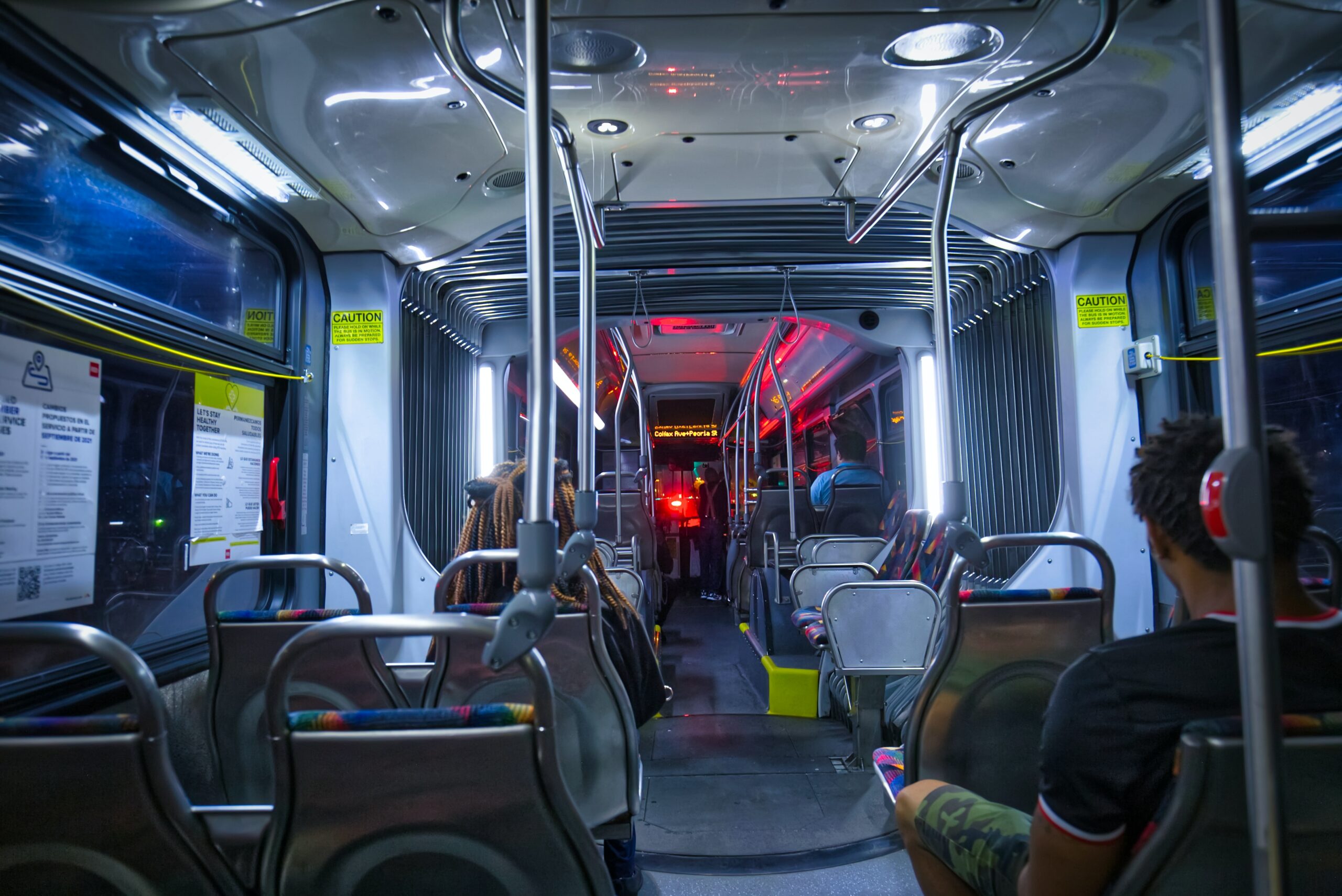
Photo by Andrew Coop on Unsplash
Abstract
Data from automated vehicle location (AVL) systems, automatic passenger counter (APC) systems, and fare box payments have been heavily used to generate dwell time models with the goal of recommending improvements in efficiency and reliability of bus transit systems. However, automatic data collection methods may result in a loss of detail with regard to the dynamics of passenger activity, which may bias the estimates associated with dwell or passenger activity time. The purpose of this study is to understand better any biases that might exist from using data from AVL–APC systems or fare box payments when estimating dwell time. Manually collected data from Montreal, Quebec, Canada, are used to estimate detailed dwell time models. This study compared those estimates to models generated by using data similar to what was reported by AVL–APC systems and fare boxes. The results reveal an overestimation in the passenger activity component of dwell time, which is mainly attributed to excess dwell time that AVL–APC data and fare box payments generally do not capture. While AVL–APC and fare box technologies provide transit agencies with rich data for analysis, adjustments to such data collection methods are warranted to reduce the overestimation of dwell time and to provide a more accurate picture of what is happening on the ground to generate better interventions that can
reduce dwell times.
